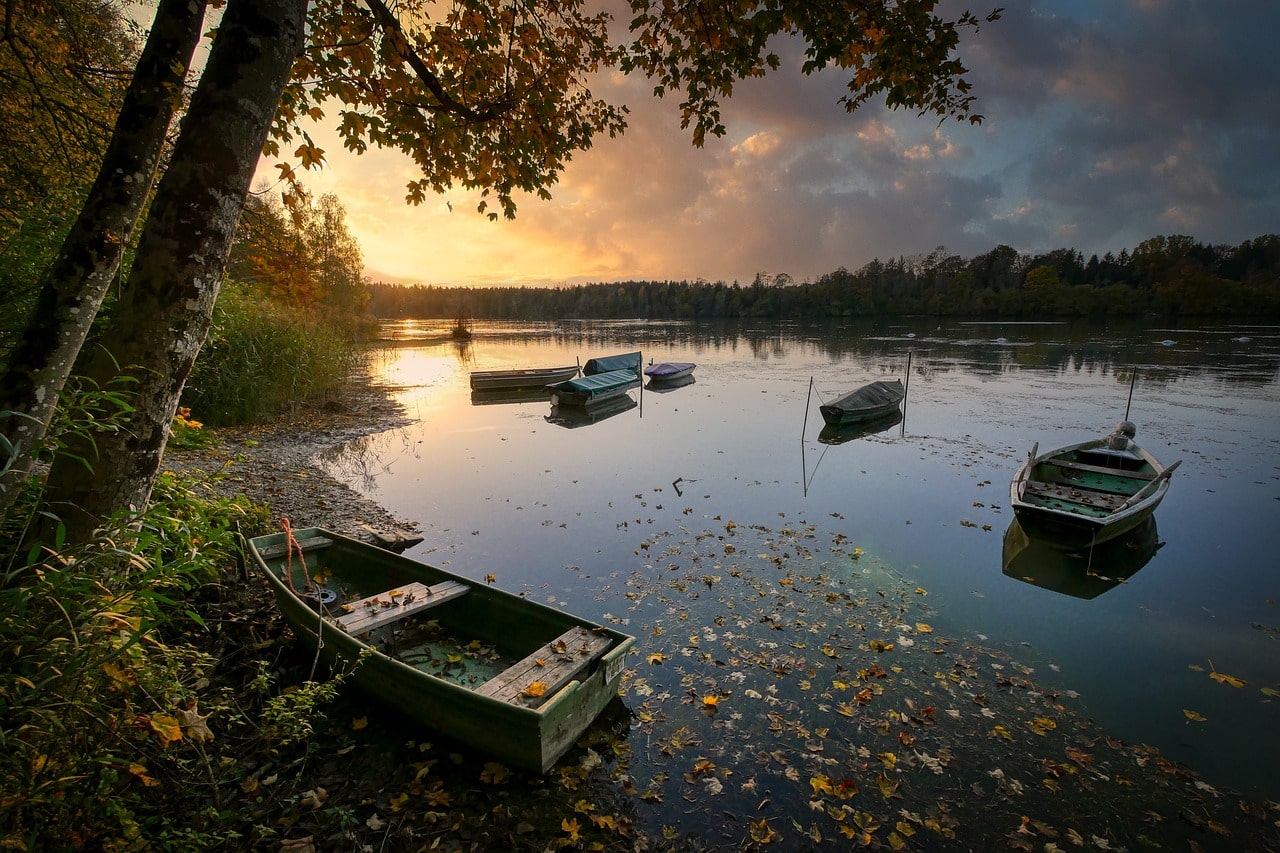Manicouagan Reservoir, or Lake Manicouagan, is a unique annular lake in central Quebec, Canada. Covering an impressive area of 1,942 square kilometers (750 square miles), this remarkable body of water is situated within the remnant of one of Earth’s largest and most prominent impact craters. The crater was formed approximately 214 million years ago during the Late Triassic period by the impact of a meteorite estimated to be about 5 kilometers (3 miles) in diameter. This ancient event created a multiple-ring structure, with the reservoir occupying the 70-kilometer (40-mile) diameter inner ring.
At the heart of the lake lies René-Levasseur Island, a vast island that covers 2,020 square kilometers (780 square miles) and is dominated by Mount Babel, which rises to 952 meters (3,123 feet) above sea level. Mount Babel is believed to be the central peak of the impact crater, resulting from the post-impact uplift. The island and the surrounding lake are often called the “eye of Quebec” due to their striking appearance from space.
The creation of Manicouagan Reservoir, as it is known today, was part of the extensive hydroelectric projects undertaken by Hydro-Québec in the 1960s. The Daniel-Johnson Dam, one of the main structures of the Manicouagan-Outardes Project, was constructed to flood the pre-existing Lake Mushalagan (Mouchalagan) and the smaller Manicouagan Lake, forming the current reservoir. This reservoir serves as a massive headpond for the Manicouagan River, providing water for several downstream hydroelectric power stations, including the Jean-Lesage (Manic-2), René-Lévesque (Manic-3), and the Daniel-Johnson Dam (Manic-5) generating stations.
The reservoir’s ecological and geological significance is complemented by its role in hydroelectric power generation. During the peak periods of winter cold and summer heat, the lake’s water levels fluctuate as the turbines operate continuously to meet the high energy demands for heating and cooling in Quebec and parts of New England in the United States.
Manicouagan Reservoir is a marvel of natural history and a critical component of Quebec’s renewable energy infrastructure. Its combination of geological history and modern utility makes it a fascinating site for scientific study and sustainable energy production.
Manicouagan Reservoir combines natural beauty with significant historical and ecological importance, making it a must-visit destination for nature enthusiasts, geologists, and those interested in renewable energy.

